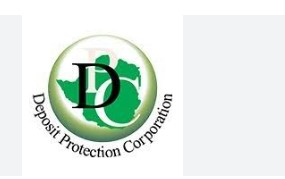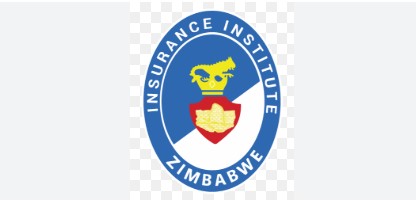Insurance sector remains safe and sound in Q2 2017: IPEC Life Report
Insurance24
HARARE, The Insurance and Pensions Commission (IPEC) says the Insurance sector remained safe and sound and continues to play a significant role in the economy. As a result, during the second quarter ended 30 June 2017, the sector recorded improvements in key financial indicators on the back of a number of measures instituted by the Commission.
All operating life insurance and life reinsurance institutions were in compliance with the prescribed minimum capital requirements of $2 mln and the sector was made up of 1542 agents, 11 direct life companies and 4 composite reinsurance companies.
The sector recorded an aggregate net premiums of $174 million compared to $177 million recorded in the same period ended 30 June 2016 while the sector registered a 28% growth in total assets over the year from $1.49 billion as at 30 June 2016 to $1.91 billion as at 30 June 2017.
“This was attributable to increased uptake of equities and new capital injection by some companies,” Ipec said.
During the period, Life Insurance institutions maintained high liquidity buffers during the quarter partly reflecting a cautious approach in meeting claims resulting in the average prudential liquidity ratio to stand at 342% as at 30 June 2017, against a prescribed one of above 100%.
Total costs grew by 8% to the current $152 million due to increased operating expenses and commissions.
“Resultantly, the technical profit fell by 9% from $37 million as at 30 June 2016 to the current $33 million.”
For the quarter under review, the industry was compliant in terms of the prescribed asset ratio at 15% from 11% as at 30 June 2016 reflecting a 27% growth in prescribed asset uptake.
Net premiums for the life companies declined 2% during the second quarter ended 30 June 2017 to $171 million compared to $173 million in the June quarter of 2016. During the quarter under review, due to the premium affordability constraints and exclusion of the ever-growing informal sector, recurring business contributed 81% of total business whilst the balance of 19% was new business. As a result, IPEC continues to encourage innovation by sector players in line with the micro insurance strategy.
Total assets grew 28% to $1.91 billion from $1.49 billion attributable to increased uptake of equities and new capital injection by some companies.
The equities and properties constitute 63% of the life industry total assets despite a decrease by 9% in the value of properties from $545 million in 2016 to $493 million in the current quarter.
IPEC says players should be prudent in their asset spread strategies in order to manage the investment risk and the industry should ensure compliance with investment guidelines.
For the quarter under review, the industry realised an 87% combined ratio compared to 79% for the
same period in 2016.
The Life Insurance institutions maintained high liquidity buffers during the quarter partly reflecting a cautious approach in meeting claims.
Claims age statistics showed that some players reported claims in excess of 121 days whilst the majority had outstanding claims aged in excess of the 30 day period. The Commission continuously encourages players to pay legitimate claims as it is a serious offence.
During the period under review, reinsurers wrote business amounting to $3 million in net premiums compared to $3.8 million in the same period for 2016 and this translated to a negative growth of 21% despite Grand Re and Zep Re coming on board.
As at 30 June 2017, there were five (5) life reinsurers namely Baobab Re, Grand Re, FBC Re, Zep Re and FM Re.
Total costs for reinsurers reduced by 14.7% from $3.4 million in June 2016 to $2.9 million largely as a result of a 31% reduction in claims.
All composite life reinsurers were fully capitalized in terms of statutory instrument 21 of 2013, however these players are working towards compliance with the new statutory instrument 95 of 2017. Players reported a current ratio of 154% which is a decrease from 200% the previous year and a capital to liability ratio of 158%, which is an increase from 123%.








